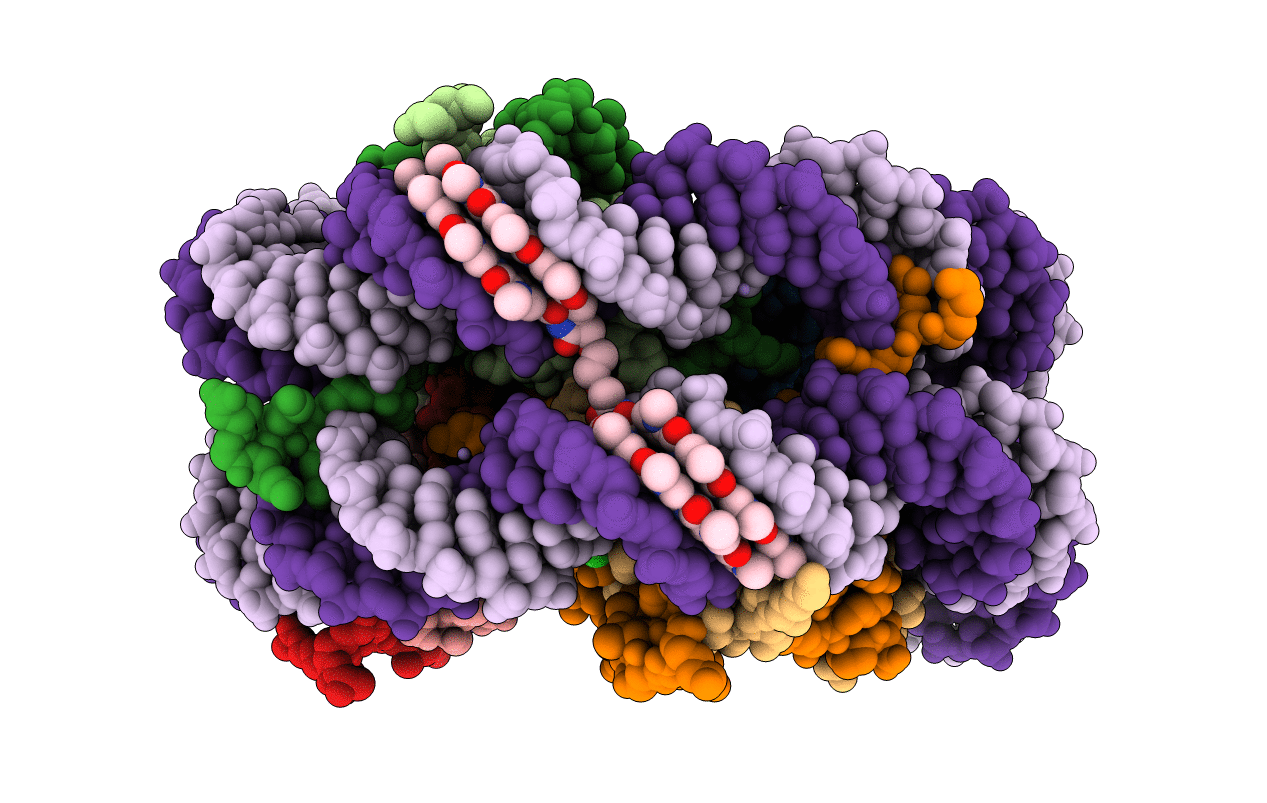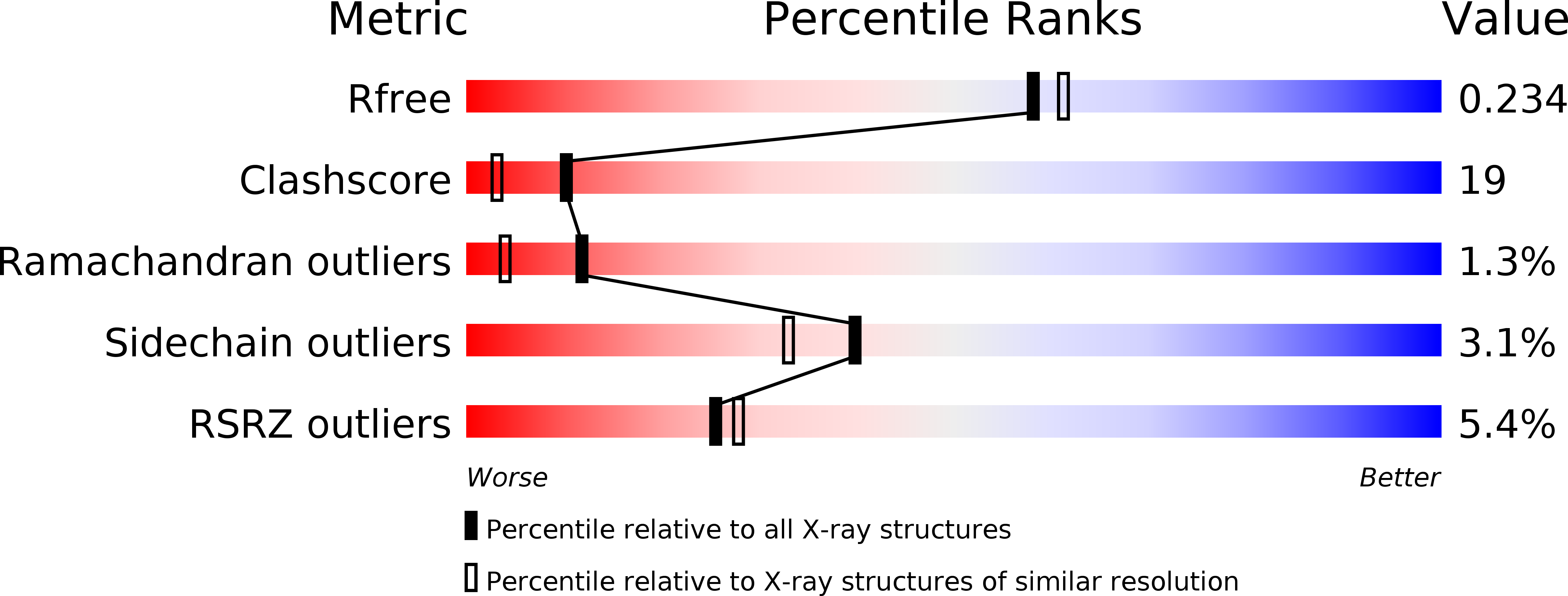
Deposition Date
2004-01-12
Release Date
2004-05-11
Last Version Date
2023-11-15
Entry Detail
PDB ID:
1S32
Keywords:
Title:
Molecular Recognition of the Nucleosomal 'Supergroove'
Biological Source:
Source Organism:
Xenopus laevis (Taxon ID: 8355)
Homo sapiens (Taxon ID: 9606)
Homo sapiens (Taxon ID: 9606)
Host Organism:
Method Details:
Experimental Method:
Resolution:
2.05 Å
R-Value Free:
0.24
R-Value Work:
0.21
Space Group:
P 21 21 21


